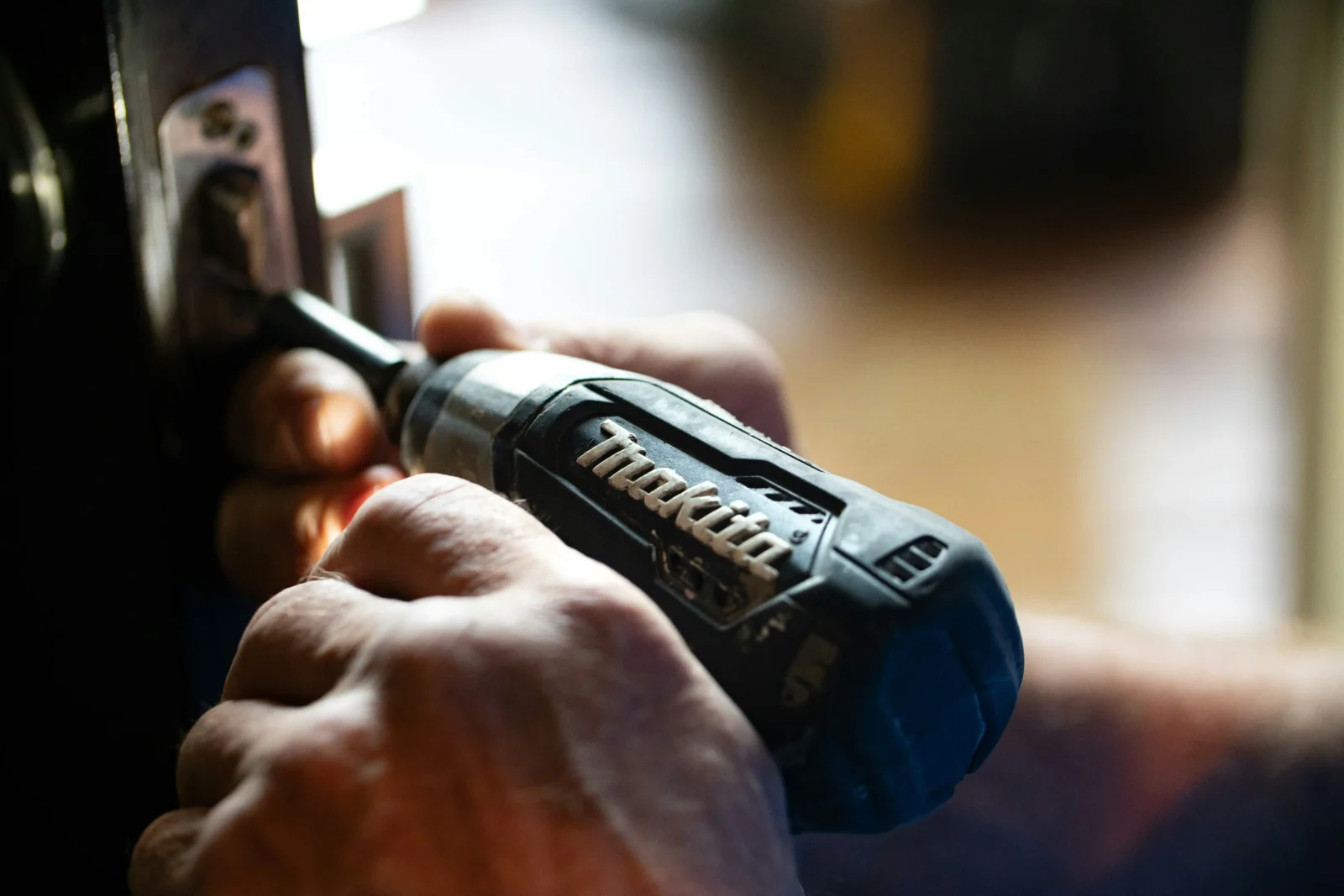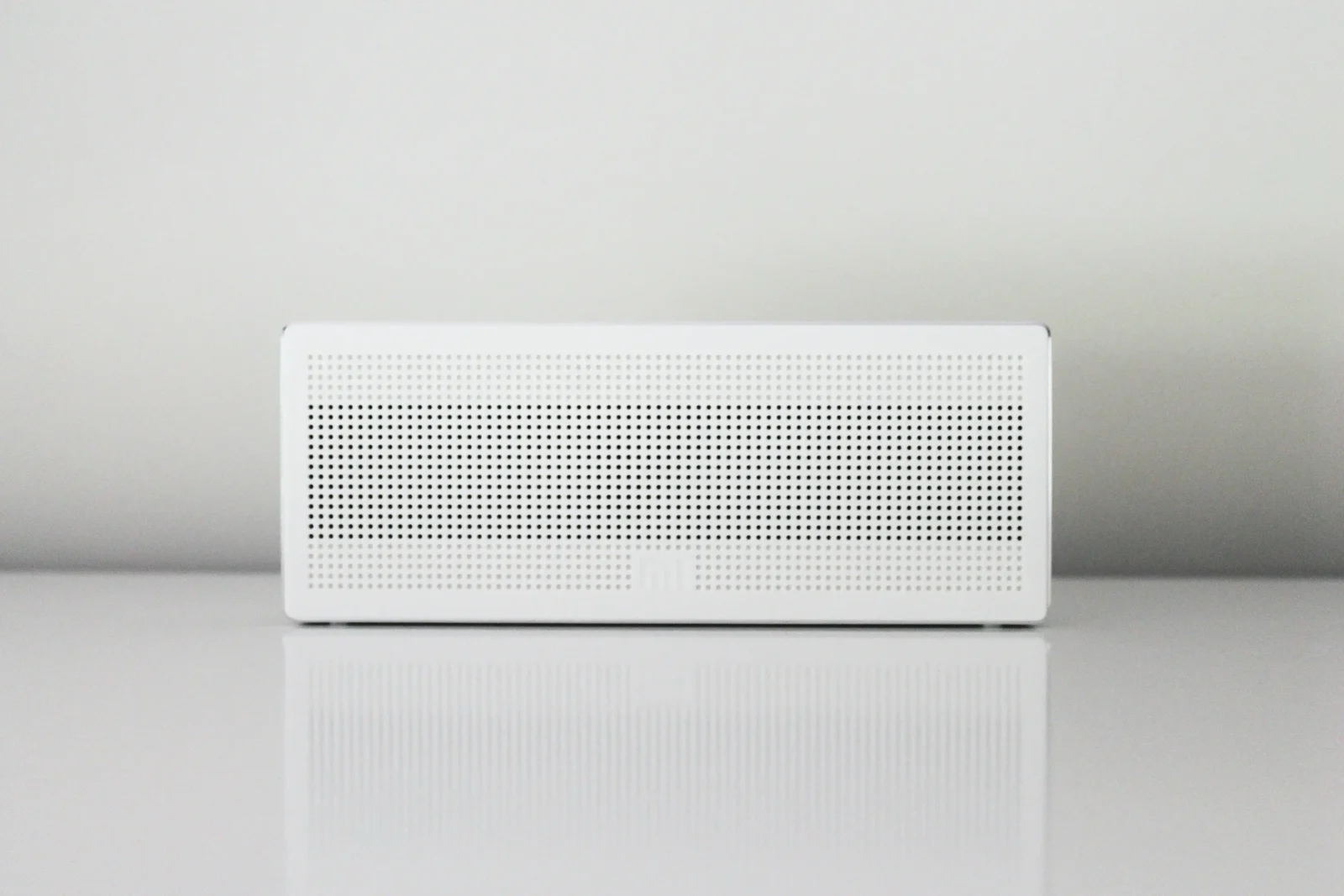- Home
- Articles
- Architectural Portfolio
- Architectral Presentation
- Inspirational Stories
- Architecture News
- Visualization
- BIM Industry
- Facade Design
- Parametric Design
- Career
- Landscape Architecture
- Construction
- Artificial Intelligence
- Sketching
- Design Softwares
- Diagrams
- Writing
- Architectural Tips
- Sustainability
- Courses
- Concept
- Technology
- History & Heritage
- Future of Architecture
- Guides & How-To
- Art & Culture
- Projects
- Interior Design
- Competitions
- Jobs
- Store
- Tools
- More
- Home
- Articles
- Architectural Portfolio
- Architectral Presentation
- Inspirational Stories
- Architecture News
- Visualization
- BIM Industry
- Facade Design
- Parametric Design
- Career
- Landscape Architecture
- Construction
- Artificial Intelligence
- Sketching
- Design Softwares
- Diagrams
- Writing
- Architectural Tips
- Sustainability
- Courses
- Concept
- Technology
- History & Heritage
- Future of Architecture
- Guides & How-To
- Art & Culture
- Projects
- Interior Design
- Competitions
- Jobs
- Store
- Tools
- More
Signs Your Home’s Electrical System Needs Immediate Attention

Electricity powers everything in our homes – from the kettle and TV to the aircon and Wi-Fi. But just like any other part of the house, your electrical system can wear out, get damaged or become outdated. When that happens, it’s not just an inconvenience – it can be a serious risk to your home and family.
Knowing what to look out for can help you avoid potential hazards like electrical fires, appliance damage or electrocution. Here are the warning signs your home’s electrical system needs attention.
Table of Contents
Toggle1. Frequent Power Trips or Blown Fuses
If your circuit breaker trips or your fuses blow regularly, something’s not right. Your switchboard is designed to trip when there’s an overload or short circuit to protect your appliances and wiring from damage. But if it’s happening too often, it might mean:
- Your home’s circuits are overloaded (too many appliances plugged in at once)
- There’s a faulty appliance somewhere
- The wiring is outdated or damaged
It’s common in older homes that weren’t built to handle the number of electrical devices we use today, making troubleshooting common electrical problems essential. If this keeps happening, have an electrician take a look.
2. Burning Smell or Scorch Marks
A burning smell near your powerpoints or light switches is a big red flag. It often means the wiring behind the wall is overheating or even melting. You might also see scorch marks, discolouration or a warm-to-touch outlet – all signs of potential fire hazards.
If you notice this, turn off the power to the affected area if safe to do so and call a licensed electrician immediately. Never ignore a burning smell when it comes to electrical components.

3. Buzzing or Crackling Sounds
Electricity should be silent. If you hear buzzing, crackling or humming sounds from your switches, outlets or fuse box, it’s often a sign of loose wiring, frayed wires or other internal faults.
These sounds may start quietly but can quickly get louder. It’s not something to be brushed off as “just a noise”. Electrical components making sounds could mean arcing – where electricity jumps from one connection to another – which can lead to fires.
4. Flickering or Dimming Lights
While one flickering light might just be a faulty bulb, regular flickering or dimming throughout the house can mean a bigger issue. Possible causes include:
- Loose wiring
- Overloaded circuits
- Voltage fluctuations
- Main switchboard issues
If your lights dim when you turn on the microwave or washing machine, your electrical system can’t cope with your energy needs. This is often a sign it’s time to upgrade.
5. Dead Outlets
A dead outlet might not seem like a big deal but it can be a sign of underlying wiring problems. If several powerpoints or light switches aren’t working or are working intermittently, it could mean:
- Wires have become loose or damaged
- Circuit is overloaded or broken
- Tripped safety switch
Never use outlets that feel loose or no longer hold plugs securely. These can be a fire risk and should be replaced by an electrician ASAP.
6. Shocks When Plugging in Appliances
Feeling a mild electric shock or tingling sensation when plugging something in isn’t normal — and it’s definitely not something to ignore. It could be caused by:
- Faulty wiring
- Grounding issues
- Defective powerpoints
- Damaged appliance
While the shocks may feel small, they can be a sign of bigger problems and need to be investigated by a qualified tradie.
7. Old Wiring or Switchboard
If your home was built before the 1980s and hasn’t had a major electrical upgrade, the wiring is probably outdated. Common issues in older homes include:
- Use of dangerous materials like VIR (Vulcanised Indian Rubber) or cotton-insulated wiring
- No safety switches (RCDs)
- Ceramic fuses instead of modern circuit breakers
Not only do these older systems struggle to meet today’s power demands but they also don’t offer the same level of safety. If you’re unsure about the age of your electrical system, a licensed electrician can do an inspection and advise on upgrades.
8. Sparks When Plugging in Devices
Sparks when plugging something in — especially with a burning smell or popping sound — can mean:
- Short circuit
- Faulty outlet or wiring
- Overloaded circuits
Occasional tiny sparks can be normal, but if it’s happening regularly or is large and sudden, it’s a warning sign. Don’t take chances — stop using that outlet and call in the pros.

9. Extension Cords Everywhere
If you’re using power boards and extension cords in every room, it’s probably time for an electrical upgrade. While convenient for temporary use, over-reliance on extension cords increases the risk of overload, tripping hazards and electrical fires.
You might need more powerpoints installed or even a new circuit added to your switchboard. A licensed electrician can help design a safe and long-term solution for your home’s layout and lifestyle.
10. Unexplained Increase in Power Bills
An unexplained jump in your electricity bill can sometimes be linked to electrical faults. Worn-out wiring or faulty circuits may cause certain appliances to draw more power than they should. It could also mean a hidden fault is keeping certain systems running even when you think they’re off.
Get an electrician to do an energy audit to find out what’s going on.
Don’t Do Your Own Electrical Repairs
It’s illegal and highly dangerous to do your own electrical work unless you’re a licensed electrician. Even changing a powerpoint or light fitting comes with risks if not done correctly. The best thing to do is call in a professional who can diagnose and fix the issue safely — and make sure everything complies with standards.
Don’t Ignore the Warning Signs — Safety Starts with Timely Action
Your home’s electrical system is something you use every day but it’s easy to overlook until something goes wrong. Whether it’s flickering lights, tripping breakers or the smell of burning plastic, these warning signs should never be ignored. They’re your home’s way of telling you something’s not right.
Get an electrician in quickly and you’ll save yourself costly repairs, reduce your energy bills and most importantly, keep your household safe. If in doubt, always err on the side of caution — it’s better to be safe than sorry.
illustrarch is your daily dose of architecture. Leading community designed for all lovers of illustration and #drawing.
Submit your architectural projects
Follow these steps for submission your project. Submission FormLatest Posts
Common Emergency Repairs Every Homeowner Should Be Ready For
For most of us, when something goes wrong, we have a propensity...
Designing, Retrofitting, and Valuing Non-Standard Homes in Britain
Britain’s housing stock carries a quiet contradiction. From the street, many homes...
From Blueprint to Moving Day: A Complete Guide to Building and Settling Into Your New Home
Building a new home ranks among life’s most exciting adventures. It’s also...
What Does an Air Purifier Do? Understanding Its Purpose & Key Features
What does an air purifier do for families with babies? It does...












Leave a comment